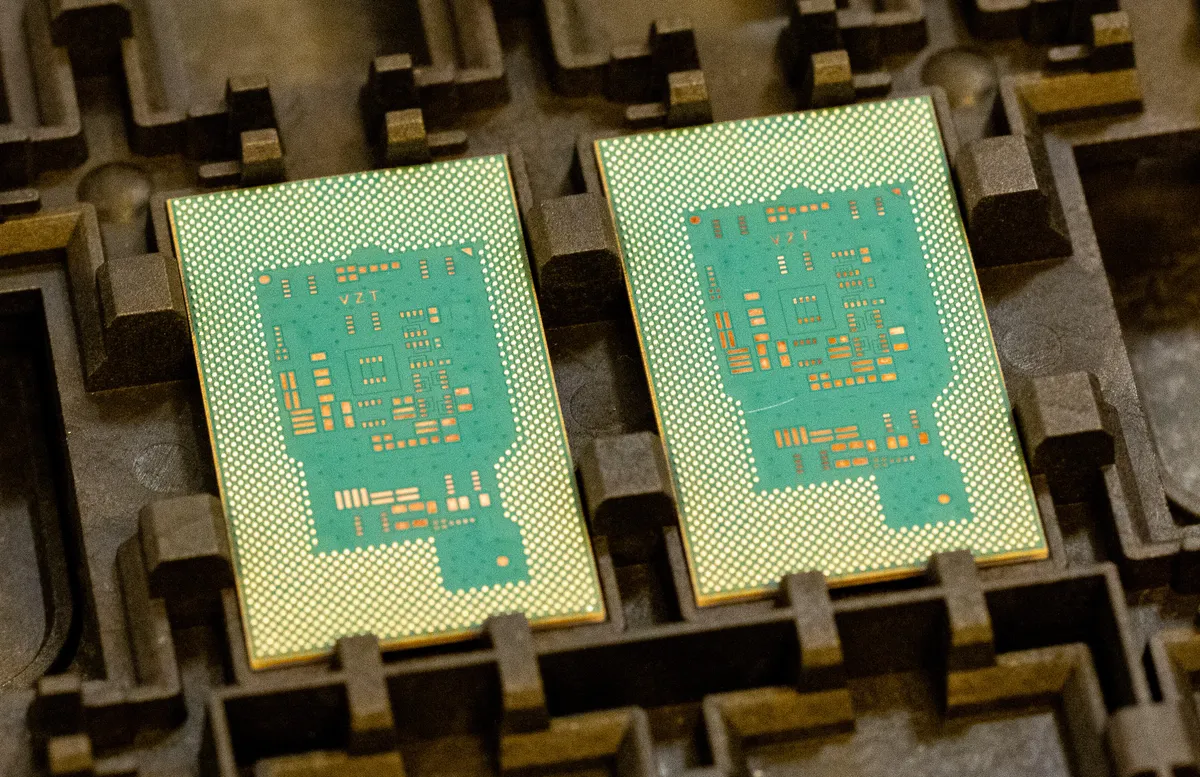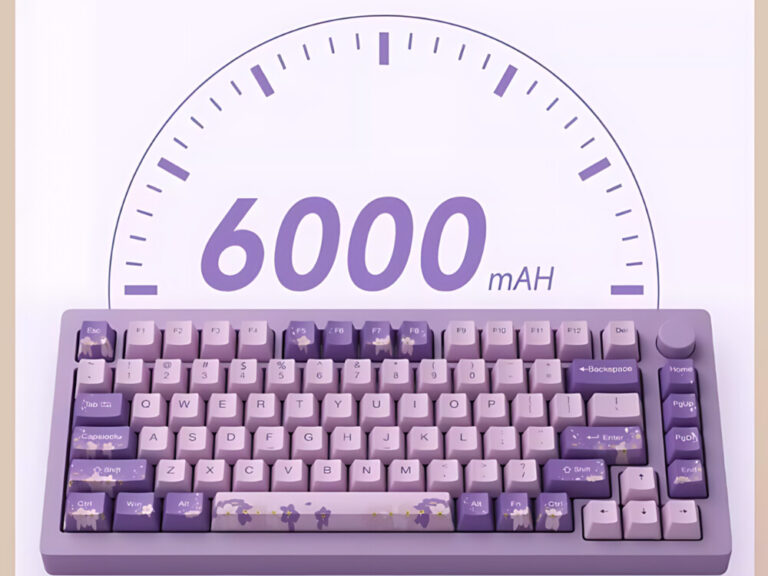
When you think of high-performance CPUs, your mind likely races to the marvel of shrinking transistors over the years. This technological feat allows us to cram an extraordinary number of transistors onto a single chip, leading to more powerful and efficient processors. However, there’s more to the story than just the transistors. The substrate that the processor die sits on plays a crucial role in the performance of CPUs. This article delves into the significance of substrates and the shift from traditional epoxy and fiberglass to glass-based substrates, especially as pursued by Intel.
The Unsung Hero: Substrates
Substrates are often the unsung heroes in the world of CPU design. Not only do they provide structural support to the delicate processor die, but they also serve as the medium for carrying signals and connecting the die to other components within the system. Traditionally, the substrate material of choice for most CPUs has been a combination of epoxy and fiberglass, which is essentially plastic reinforced with woven glass fibers.
The Transition to Glass Substrates
Intel is leading the way in a fundamental shift toward using substrates that are based on refined glass. Yes, that’s right, actual glass. These glass core substrates come with several advantages that can elevate CPU performance, surpassing the capabilities of the conventional fiberglass and epoxy organic substrates that have served the industry since the early 2000s.
Heat Resistance and Stability
One of the key advantages of glass substrates is their superior ability to withstand heat. CPUs frequently heat up and cool down as they handle different workloads. Organic substrates tend to stretch and relax in unpredictable ways under such temperature fluctuations. In contrast, actual glass is stiffer and far more resistant to thermal warping. This increased stability allows for more routing holes in the substrate, enabling additional power and data connections and enhancing signal integrity.
Improved Power Efficiency
For a practical example of the benefits, consider high-end server processors that consume hundreds of watts of power but operate at just around one volt. This means a significant amount of current needs to be pushed through at once, which can lead to inefficiencies and power loss. Glass substrates, due to their higher temperature stability, can accommodate a greater number of data and power connections. This results in enhanced signal integrity and improved power efficiency, making CPUs more capable and eco-friendly.
Impact on AI and Data Centers
The quest for power efficiency and signal integrity is particularly crucial in data centers responsible for extensive AI processing. Given the widespread use of cloud AI services, advancements in CPU substrates are essential to ensure the growth of AI capacity. The adoption of glass substrates has the potential to double the data rate between two chips in data centers, improving communication between chiplets on the same package and simplifying manufacturing processes. All of these advancements enable chip makers to include more processing dies on a single chip and make those dies larger, providing more computing power per package.
The Future of Glass Substrates in Home PCs
The transition to glass substrates is inevitable and promising, but what about the CPUs in our home computers? The short answer is yes, they will eventually benefit from glass substrates, but there might be a wait. Currently, the limitations that glass substrates aim to address are more pressing in data centers. Intel is looking to introduce data center chips with the new substrates in the second half of this decade, with consumer chips likely to follow towards the end of the decade. In the meantime, there’s no need to worry; fiberglass is perfectly capable of powering your home PC.
Thank you for reading this article on the importance of glass substrates in high-performance CPUs. Stay tuned for further developments in CPU technology, and don’t hesitate to share your thoughts in the comments section.
In case you have found a mistake in the text, please send a message to the author by selecting the mistake and pressing Ctrl-Enter.






